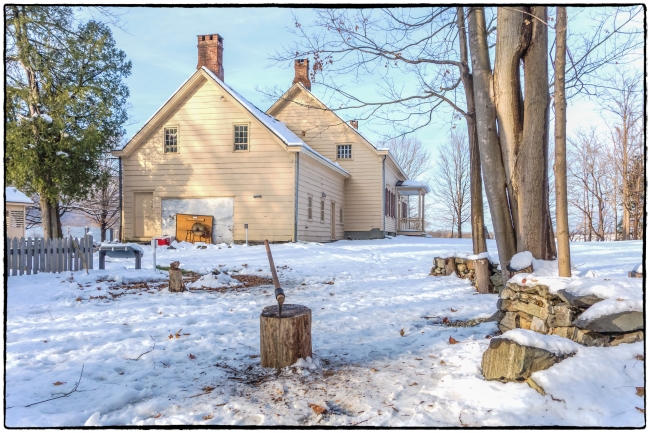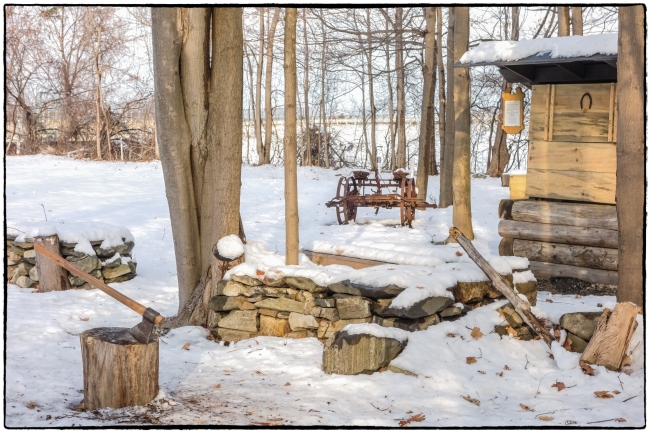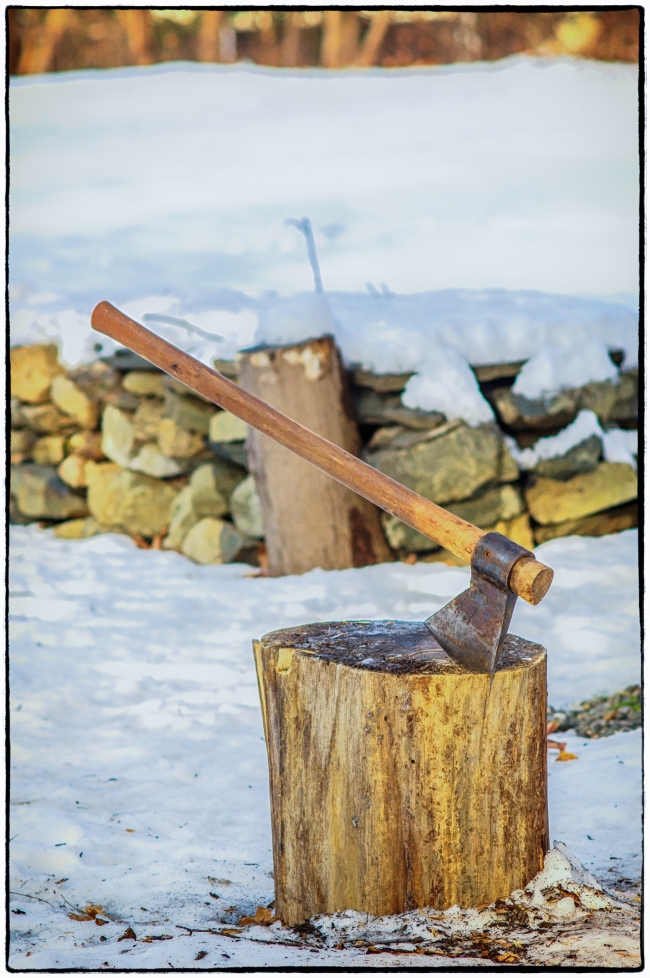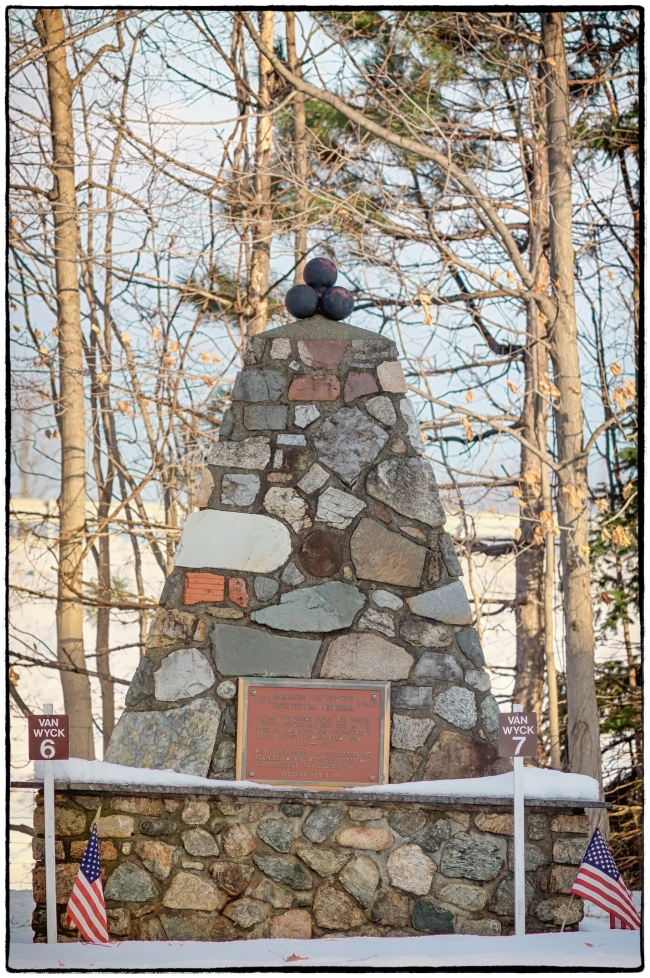Rear view from garden.
The Hudson Valley Heritage Area website describes it as follows:
This Dutch Colonial house was built by farmer Cornelius Van Wyck in multiple phases, beginning with a simple one- to three-room dwelling in 1732 and ending with an elaborate addition sometime before 1757. When Fishkill was chosen as the site of a supply depot to serve the northern branch of the Continental Army during the Revolutionary War, the home became the headquarters of the sprawling complex. It was visited by numerous dignitaries, including George Washington, the Marquis de Lafayette, Alexander Hamilton, and John Jay. Here also occurred the mock trial of Continental spy Enoch Crosby, upon whose exploits James Fenimore Cooper allegedly based protagonist Harvey Birch in his novel, The Spy.
Today, the home contains original woodwork, archaeological relics from the depot, 18th- and 19thcentury furniture, and portraits by noted itinerant painter Ammi Phillips. Displays also highlight various Colonial crafts, including woodworking and weaving. A self-guided trail takes visitors past historic monuments and the foundations of farm outbuildings.
Wood chopping anyone?
Axe and chopping block
Front view.
According to the self-guided tour brochure this is the Bicentennial Monument in celebration of which the Historical Society: “…erected this pyramid consisting of stones donated by over 50 historic sites. Among these are stones from Saratoga, Yorktown, Bennington and Fort Ticonderoga. The museum has a guide to which stones came from where.” Continuing with the brochure: A road crew digging a trench on Jackson Street in Fishkill discovered a skeleton that was determined to be that of an Indian Maiden in her late teens.” She was laid to rest under this pyramid.
I arrived early in the morning expecting everything to be closed, but it seemed that there was a craft show later in the day and someone was there tidying and cleaning in preparation. The told me that the house was almost demolished to make way for the I84 intersection. The guided tour brochure elaborates: “In the 1960’s the Van Wyck Homestead was going to be torn down to make a cloverleaf. The Fishkill Historical Society was formed in 1962 and was able to save the structure. Across Route 9 in the center of the cloverleaf is where remains of the Revolutionary blacksmith shop were found. Facing Route 9 and looking to the right you can see the I84 entrance ramp that runs parallel to the property. This change is what saved the house.”
Thank God they didn’t destroy this beautiful and historic house to make way for a highway access point.





